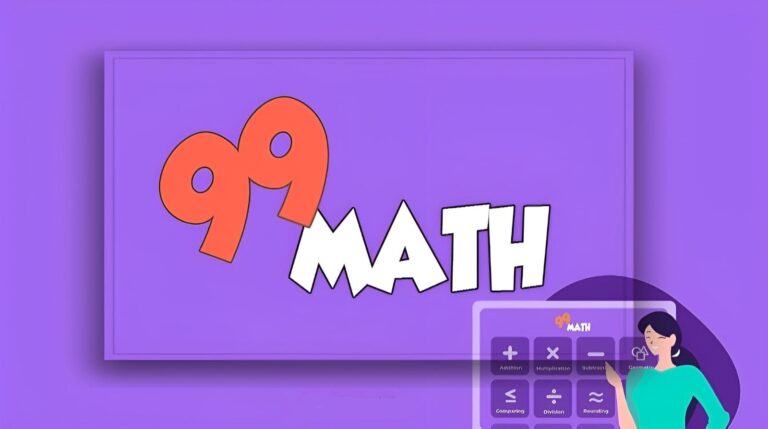The Startling Bond: Students Unbraiding Teachers’ Hair
In the steadily advancing scene of schooling, capricious study hall exercises frequently make exceptional bonds and extraordinary encounters. One such movement, students unbraiding teachers’ hair, has as of late acquired consideration, igniting discussions about educator understudy connections, homeroom elements, and social getting it. This article investigates the complex effect of this pattern, diving into its starting points, suggestions, and the more extensive importance in instructive settings.
The Beginnings and Social Setting
A Social Practice
Unbraiding hair is a socially critical practice in numerous networks. In African and African-American societies, twisting and unbraiding hair isn’t just a styling decision yet a shared movement that encourages associations and conveys social legacy. This training, when coordinated into the homeroom, spans social holes and advances common regard and understanding among students and teachers.
Viral Minutes
The pattern of students unbraiding teachers’ hair built up forward movement through web-based entertainment stages, where recordings and pictures of such exercises turned into a web sensation. These minutes, frequently imparted to subtitles featuring the delight and fellowship among understudies and instructors, have ignited far and wide interest and conversations.
The Instructive Effect
Building trust and affinity
One of the main advantages of this movement is the reinforcing of trust and compatibility among understudies and educators. Actual touch, for example, unbraiding hair, can separate hindrances and make a feeling of closeness and trust. This improved relationship can prompt a more certain and useful homeroom climate.
Upgrading Social and Close to Home Learning
Social and profound learning (SEL) is vital for understudies’ general turn of events. Exercises like unbraiding hair advance SEL by empowering sympathy, participation, and correspondence. Students figure out how to comprehend and regard individual limits while taking part in a common, significant movement.
Difficulties and Contemplations
Limits and Impressive Skills
While the action has numerous positive perspectives, keeping up proficient boundaries is fundamental. Teachers should guarantee that such connections are consensual and fitting, taking into account the age and solace level of the understudies. Clear rules and correspondence are imperative to forestall any false impressions or distress.
Social responsiveness
Social responsiveness is another basic thought. While unbraiding hair can be a holding experience, moving toward it with deference for social significance is significant. Teachers ought to know about the social foundations of their students and themselves; it is comprehensive and aware to guarantee that action.
The More Extensive Importance
Cultivating Inclusivity
Consolidating exercises like unbraiding hair in the homeroom can encourage a feeling of inclusivity and having a place. It permits understudies to share and praise their social works, prompting a more different and comprehensive instructive climate. This training can likewise be a beginning stage for more extensive conversations on social practices and their significance.
Breaking Generalizations
The pattern difficulties conventional generalizations about teacher-understudy connections and homeroom exercises. It features a more human and receptive side of teachers, separating the various leveled boundaries that frequently exist in instructive settings. This shift can prompt more transparent correspondence among understudies and educators.
Viable Execution
Making a Place of Refuge
For such exercises to find true success, establishing a protected and steady climate is significant. Educators ought to lay out clear rules and cultivate an environment of regard and understanding. Empowering intentional support and guaranteeing that all understudies feel great and included is fundamental.
Incorporating into the educational program
Incorporating this action into the educational plan can improve its instructive worth. For instance, it tends to be connected to examples on social history, social examinations, or even science, where understudies find out about hair care and wellbeing. This incorporation guarantees that the action isn’t simply a tomfoolery break yet, in addition, an instructive encounter.
Contextual analyses and Genuine Models
A Center School in Georgia
In a center school in Georgia, an educator presented the movement of unbraiding hair as a component of an illustration on African culture. The understudies were at first reluctant, but before long embraced the movement, prompting exuberant conversations about social legacy and individual encounters. The educator revealed superior homeroom elements and a more profound association with the understudies.
A Primary School in New York
A primary teacher in New York utilized unbraiding hair as a method for quieting and interacting with her understudies. She found that the movement helped understudies unwind and focus on their sentiments and difficulties. This approach prompted a more steady and sympathetic homeroom climate, with understudies anticipating their time together.
Well-qualified Sentiments
Dr. Emily Thompson, Instructive Therapist
Dr. Emily Thompson, an instructive clinician, underscores the significance of exercises that form trust and affinity in the study hall. She states, “Actual touch, when proper and consensual, can altogether improve the educator-student relationship. Exercises like unbraiding hair make a feeling of closeness and trust, which is urgent for compelling education and learning.”
Teacher James Wilson, Social Examinations Master
Teacher James Wilson, a specialist in social examinations, features the social meaning of such practices. He makes sense of, “Unbraiding hair is in excess of a prepping movement; a social practice conveys profound significance. When coordinated into the homeroom, it advances social comprehension and regard, enhancing the instructive experience for the two understudies and instructors.”
End
The pattern of students unbraiding teachers hair is something other than a viral peculiarity; it addresses a shift towards more comprehensive, sympathetic, and socially mindful instructive practices. While it accompanies difficulties and requires cautious execution, the likely advantages for building trust, cultivating inclusivity, and it are influential for improving social and close to home learning. As teachers keep on investigating imaginative ways of interfacing with their understudies, exercises like these feature the significance of understanding and celebrating social practices inside the homeroom.






























+ There are no comments
Add yours